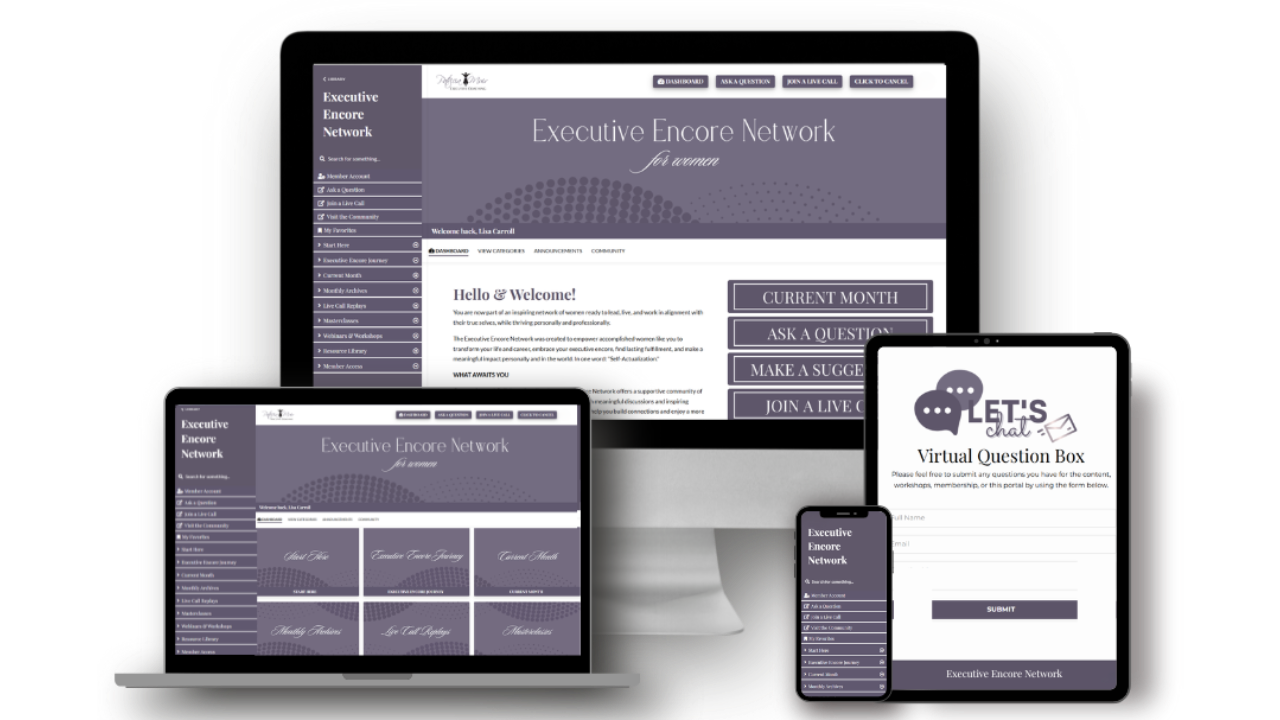
Positive Spin on Disengaged Employees
Sep 28, 2016I am so tired of the misleading headlines misrepresenting the statistics on the state of the American Workplace (and by close association, the Canadian Workplace). We all need to temper the media’s negative spin with our best critical-thinking before jumping on the bandwagon to despair or surging forward with engagement and retention strategies that just don't work in today's workplace. Yes, Gallup’s 2013 State of the American Workplace Report does state that only 30% of the U.S. workforce is engaged and inspired at work. 20% are actively disengaged meaning that they are miserable and actively spreading discontent however they can. The remaining 50% are passively disengaged. Quite different from being actively disengaged, they are simply not present, not inspired, and most likely demoralized by the latter 20%.
Canadian Workers Concur

In 2012, Towers Watson conducted a study of employee attitudes and concerns around the world. Canadian workers (albeit a small sampling) presented similar statistics – 33% of Canadian workers are sustainably engaged – disturbing because sustainable engagement affects absenteeism, presenteeism (being there, but not all there), and retention. 24% of Canadian workers are considered “the unsupported” – willing to put in the effort, but held back by organizational barriers to excelling and reserving energy (capability and capacity).
The Positive Spin - The Opportunity
Looking for the positive spin? There's huge potential to optimize our workforce. Well over 50% of employees in the U.S. and Canada crave opportunities to achieve full potential, experience peak performance moments, and achieve sustainable high performance. This is where we need to focus our attention - managing the personal growth of the 50+%.
Need more proof?
- Gallup’s research shows that employee engagement remains flat when unmanaged.
- Towers Watson’s research shows that the steps that organizations are taking to improve engagement are falling short.
- Current market research and statistics suggest that personal growth is a 64 billion dollar industry worldwide. People are making the investment themselves.
The Disconnect
Clearly, the disconnect is between what today's workers understand about their potential and what most employers are failing to recognize and value. If employers cannot recognize and value potential, they are unable to bring out the best in their employees.
How do you bring out the best in your employees – especially for those who have the capacity and capability to be high performers, but have lost their spark and slipped into apathy?
For the majority of our executive team clients, this seems to be the number one critical challenge at the moment: keeping people actively engaged and passionate about their work to maintain levels of high performance.
Invasion of the Workplace Zombies
How do some executives and managers seem to have a knack for kindling peak performance in people and maintaining high performance, while others complain, “We are surrounded by zombies.”?
For those feeling invaded by zombies, a better understanding about peak performance and how to optimize peak-performance experiences will enhance their ability to bring out the best in their employees.
What is Peak Performance?
Peak performance is a combination of:
- Excellence
- Most leaders and managers want their people to achieve excellence at work. Contrary to the beliefs of those who claim to be surrounded by zombies, employees want to achieve excellence at work as well.
- Consistency
- Employees look for consistency in expectations from and in their leaders and managers. Consistency reserves energy for better things – like improvement!
- Ongoing improvement
- Tapping into energy reserves to identify and implement ongoing improvement keeps employees fresh, engaged, and passionate about their work. The added workplace benefits are improved relationships with co-workers, customers, and with their employer. "We're all doing better together."
Conditions for Peak Performance
The conditions for achieving personal peak performance differ for each person. To achieve peak performance, each person must take personal responsibility for identifying and finding the right job, tasks, and working environment that match his or her strengths.
Facilitating the right fit is management’s responsibility. This is now recognized as one of the most crucial leadership and management responsibilities and it takes skill. While each employee has the potential to deliver peak performance, it’s up to management to find ways to make it happen.
How to Optimize Peak Performance Experiences

Peak performance is easy to detect when it happens. In his book Flow: The Psychology of Optimal Experience (Harper Perennial Modern Classics, 2008), psychologist Mihaly Csikszentmihalyi describes the experience of working at optimum levels as a state of “flow”. People report that while experiencing a state of flow, they typically lose themselves in the project, meeting, or discussion. They may lose track of time and space. Flow feels effortless, yet energizing.
I relish such moments in my work and I know, I am not alone.
Those “flow” experiences are difficult to purposefully replicate. As a leader or manager, you may often struggle to find the right words to rekindle motivation in people who appear to have lost their enthusiasm.
It's even more frustrating when you know that your employees are capable and talented, yet you observe apathy in your workplace. Your employees seem to be just going through the motions like zombies, without enthusiasm or joy.
Peak performance can be re-ignited to provide those optimal experiences in the workplace for everyone. A combination of personal responsibility and management responsibility will rekindle the spark for peak performance and provide a foundation for sustainable high performance.
Take Action
- To learn more about developing a plan and consciously creating an environment for peak performance and a foundation for sustainable high performance, subscribe to this e-newsletter series or the RSS feed.
- Take time to read Gallup’s 2013 State of the American Workplace Report and a synopsis of the Canadian results of the Towers Watson global study of employee attitudes and concerns.
Next Steps
You don’t need to navigate your Executive Encore alone. Discover a better way to take charge of your experience.
- Schedule a 30-Minute Complimentary Executive Encore Call.
Ready to elevate your encore chapter?
- Join the Executive Encore Network for Women, a membership and community of supportive women ready to inspire and uplift. Subscribe to the Sunday Encore to begin your Executive Encore Journey and register for the next Tour to learn more.


